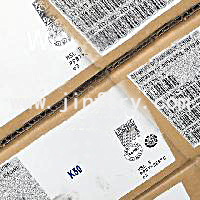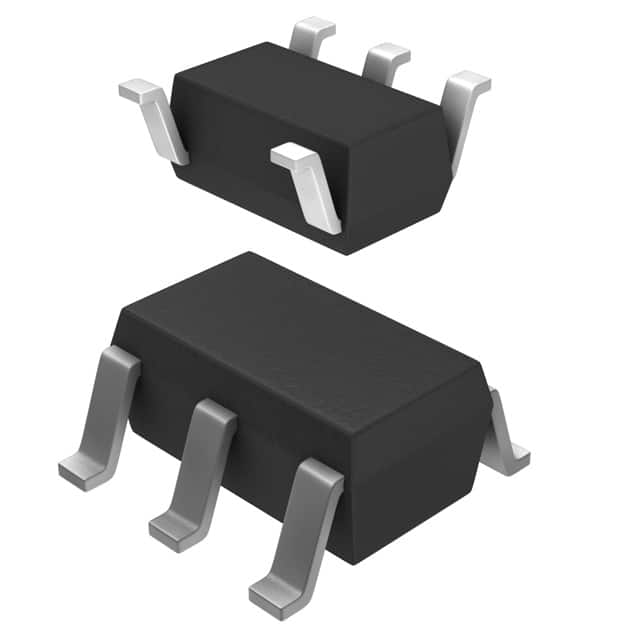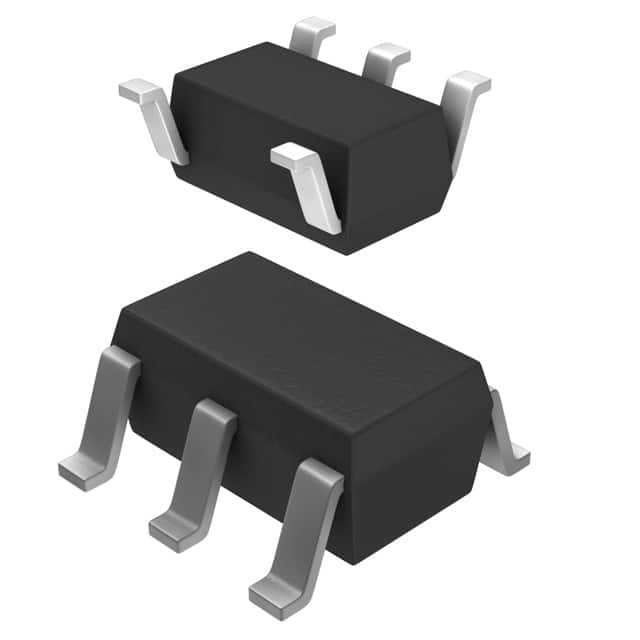TC7SET17FTE85LF Product Introduction:
Toshiba Semiconductor and Storage Part Number TC7SET17FTE85LF(Logic - Buffers, Drivers, Receivers, Transceivers), developed and manufactured by Toshiba Semiconductor and Storage, distributed globally by Jinftry. We distribute various electronic components from world-renowned brands and provide one-stop services, making us a trusted global electronic component distributor.
TC7SET17FTE85LF is one of the part numbers distributed by Jinftry, and you can learn about its specifications/configurations, package/case, Datasheet, and other information here. Electronic components are affected by supply and demand, and prices fluctuate frequently. If you have a demand, please do not hesitate to send us an RFQ or email us immediately sales@jinftry.com Please inquire about the real-time unit price, Data Code, Lead time, payment terms, and any other information you would like to know. We will do our best to provide you with a quotation and reply as soon as possible.
Introducing the Toshiba Semiconductor and Storage TC7SET17FTE85LF, a cutting-edge product designed to revolutionize the world of electronics. This advanced semiconductor device offers a wide range of features and is suitable for various application fields.
The TC7SET17FTE85LF is a high-speed CMOS logic IC that operates at a voltage range of 1.65V to 5.5V, making it compatible with a wide range of electronic devices. With a maximum propagation delay of only 2.5ns, this product ensures fast and efficient data transmission, enhancing the overall performance of electronic systems.
One of the key features of the TC7SET17FTE85LF is its low power consumption. With a typical power dissipation of only 0.5μW, this semiconductor device is ideal for battery-powered devices, helping to extend their battery life significantly.
The TC7SET17FTE85LF is also equipped with a Schmitt trigger input, which ensures stable and reliable operation even in the presence of noise or signal fluctuations. This feature makes it suitable for applications in noisy environments or where signal integrity is crucial.
This versatile product finds application in various fields, including consumer electronics, automotive systems, industrial automation, and telecommunications. It can be used in data communication interfaces, signal amplification circuits, and general-purpose logic gates, among others.
In summary, the Toshiba Semiconductor and Storage TC7SET17FTE85LF is a high-performance semiconductor device that offers fast data transmission, low power consumption, and reliable operation. With its wide range of applications, this product is set to revolutionize the electronics industry.
Buffers, Drivers, Receivers, Transceivers are the key logic devices responsible for signal transmission and processing in integrated circuits. These components are built by using transistors and other passive components such as resistors and capacitors. The buffer is mainly used to enhance or isolate the signal, reduce the attenuation and interference of the signal during transmission, and ensure the integrity and stability of the signal. The driver is responsible for amplifying the signal to a level sufficient to drive the external load, commonly seen in high-speed data transmission and power amplification scenarios. The receiver is responsible for receiving the signal from the external or internal circuit and converting it into a level or format that the system can recognize. The transceiver combines the functions of the driver and the receiver, which can send and receive signals, and is widely used in two-way communication interfaces.
Application
Buffers, Drivers, Receivers, Transceivers are widely used in various electronic devices and systems, especially in fields such as communication, computer, consumer electronics, industrial control, automotive electronics, and medical electronics. In the field of communication, they are the foundation for achieving high-speed data exchange and signal amplification, such as transceiver modules in Ethernet switches and routers. In computer systems, buffers and drives are commonly used for data transfer between memory, hard disk interfaces, and processors to improve data transfer efficiency. In the field of consumer electronics, they support the transmission and processing of high-definition video and audio signals, such as transceivers in HDMI interfaces. In addition, in the fields of industrial control and automotive electronics, these components are also used for sensor signal acquisition, actuator driving, and complex communication systems to ensure efficient and stable operation of the system.
FAQ about Logic - Buffers, Drivers, Receivers, Transceivers
-
1. What is a logic Integrated Circuits((IC)?
Logic IC (Logic Integrated Circuit) is an integrated circuit, an electronic component that integrates multiple logic gates (such as AND gates, OR gates, NOT gates, etc.). They are able to perform Boolean logic operations and are used to implement various logic functions, and are the basis of digital circuit design.
Logic ICs are mainly composed of logic gates, registers, counters and other components, which are connected together by wires to form complex logic circuits. Logic ICs can be divided into two types: combinational logic circuits and sequential logic circuits.
Logic ICs are widely used in computers, communication equipment, consumer electronics and other fields, responsible for processing digital signals, converting input signals into output signals, and thus realizing specific logic functions.
-
2. What are the most common logic ICs?
The most common logic IC is CMOS logic IC. CMOS logic IC is widely used in various electronic systems due to its low power consumption and low cost.
CMOS logic IC (complementary metal oxide semiconductor logic integrated circuit) combines p-channel and n-channel MOSFETs to achieve lower power consumption than traditional TTL (transistor-transistor logic). Although CMOS logic IC was slow at first, with the advancement of wafer manufacturing process, CMOS logic IC now provides higher operating speed and relatively low cost due to its improved manufacturing process.
In addition to CMOS logic IC, other common logic ICs include TTL, BiCMOS, etc. TTL logic IC was originally widely used because it provides higher current driving capability and operating speed, but with higher power consumption. BiCMOS logic IC combines the low power consumption of CMOS and the high current driving capability of bipolar transistors, but the manufacturing process is complex and the cost is high.
-
3. What is the difference between a driver and a transceiver?
The main difference between a driver and a transceiver is that they have different roles and functions in the system. The driver is mainly responsible for amplifying the signal to drive the load, while the transceiver is responsible for sending and receiving the signal, including converting the digital signal into a format suitable for transmission.
The role of the driver is to convert the control signal into the driving signal required by the load and provide enough current or power to drive the load.
The transceiver is responsible for sending and receiving data in bidirectional communication. It includes a buffer and a direction control circuit for receiving data from the data bus and sending data to the data bus. The transceiver converts the digital signal into an appropriate waveform at the electrical level and improves the signal integrity.
 Lead free / RoHS Compliant
Lead free / RoHS Compliant























